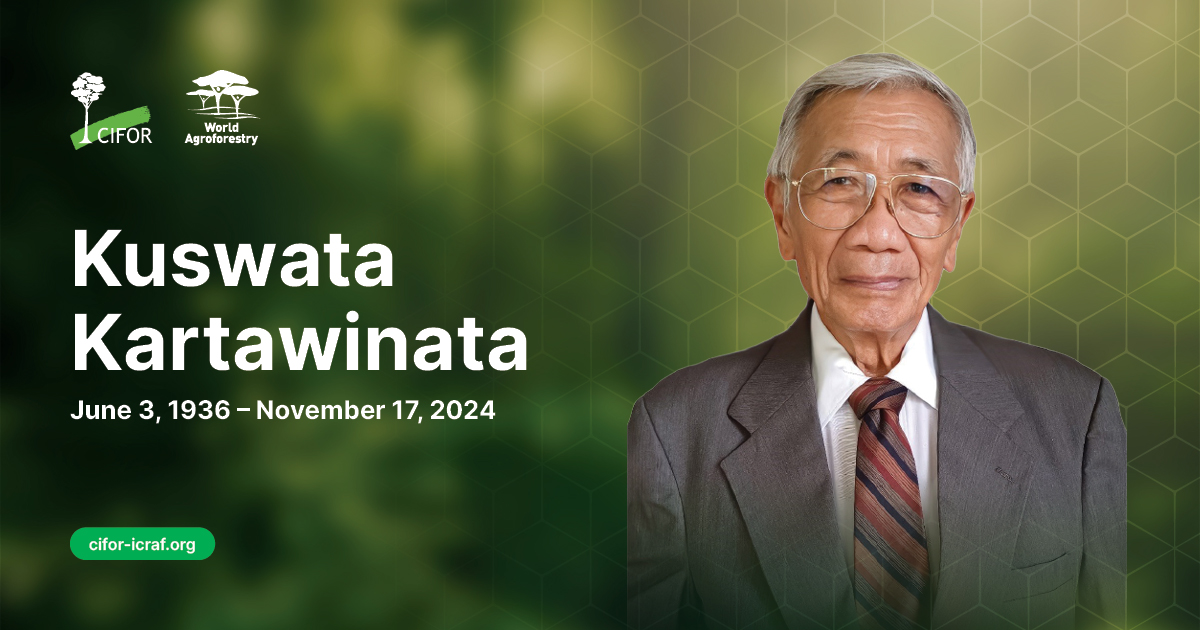
12 September 2024 – New research in Conservation Biology sheds light on illegal sport hunting in Brazil, one of the first studies using Facebook data to investigate this practice.
“Before this study, we didn’t know what the geographical coverage was of illegal hunting,” said lead author, Hani El Bizri. “Now we know that it is everywhere. In all biomes, in all states.”
Key findings:
- Researchers identified 4,658 illegally hunted animals — including lowland paca, eared dove and caimans.
- Of 157 native species targeted by the hunters, 19 are threatened with extinction.
- Illegal hunting is happening across all 27 states and six natural biomes of Brazil, representing 790 municipalities or 14.2% of all municipalities. The data are likely underestimated, as the study only looked at five Facebook groups.
- Illegal sport hunting activities were concentrated in populated areas with lower poverty levels than the Brazilian average.
- The Atlantic Forest and Caatinga biomes showed more pronounced wildlife depletion, evidenced by the relatively smaller sizes of animals taken from those areas and the fact that most posts were of smaller birds, which are less prized than large mammals and reptiles hunted in the Amazon, Cerrado and Pantanal.
Until now, evidence of illegal sport hunting has been largely anecdotal, with several news stories gaining widespread public attention through BBC, CNN and others in 2020.
Observers linked the uptick in illegal hunting to a series of decrees by the former administration in 2019 that made it easier for collectors, sport shooters and hunters (Colecionador, Atirador Desportivo, e Caçador [CACs]) to purchase weapons.
However, the illegality of hunting anything other than invasive wild boars in Brazil, makes it difficult to collect data directly from hunters. There has been uncertainty about how widespread illegal hunting is, which species are most affected, and the demographic profile of the hunters.
The paper is among the first to address these questions. Over two years (2018-2020), researchers investigated 2,046 posts across five Facebook groups.
Its findings spotlight not only the widespread prevalence of sport hunting in Brazil, but also its substantial intensity and the pressing need for more targeted management and regulation of these practices.
“This study paves the way for us to better understand what is happening in the country and inform tailored strategies to specifically address sport hunting in Brazil,” said El Bizri. “These strategies could include programs aimed at behaviour change and campaigns to raise awareness of the dangers illegal hunting can pose to the environment and human health, as many wild species carry pathogens.”
###
NOTES TO EDITORS:
For more information or to arrange interviews, contact Yoly Gutierrez (y.gutierrez@cifor-icraf.org) and Daniella Silva (d.silva@cifor-icraf.org).













